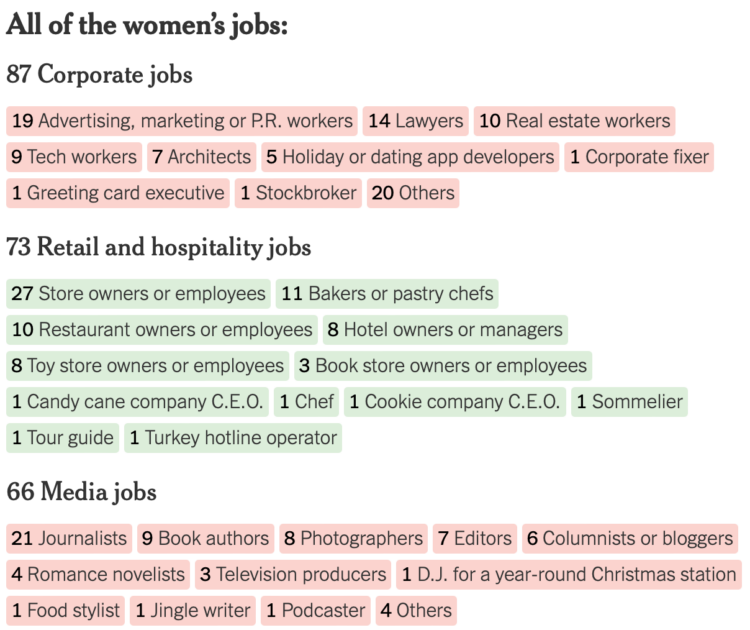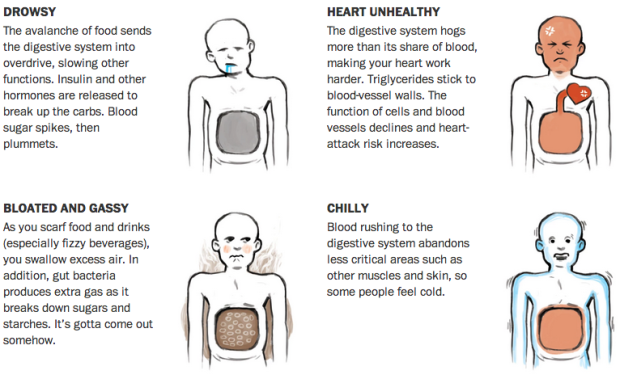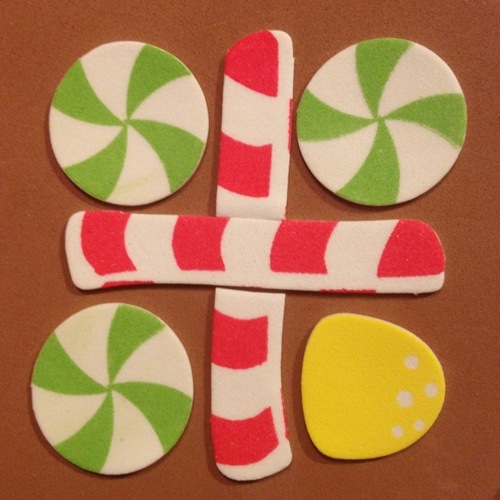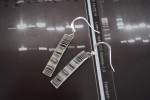Note: What follows is pretty much fluff, like a great deal of my writing. I want the world to be a “funner” place. Over the past several days, however, events in the area (St. Louis) I used to call home have been anything but fun. I started this post last week and decided to finish it this morning as a break from staring impotently at the news in my Twitter feed.
Today marks the third anniversary of my quixotic quest to get 14 August recognized as Phi Day.
I am all for cheesy, sciencey holidays like Pi Day and Mole Day. Holidays are fun. When they are at their best, they also teach us something. Religious and civic holidays are meant to transmit lessons – think of Martin Luther King, Jr. Day, Passover, Memorial Day, and Christmas. Some do a better job than others (I’m looking at you Columbus Day). Why shouldn’t our sciencey holidays also convey meaning about the thing they are representing?
Think about this exchange:
Me: Happy Phi Day!
You: What is “Phi Day”?
How we respond depends on which day we choose for Phi Day.
Phi is approximated as 1.62 (it is an irrational number whose decimal points actually go on forever without repeating), which might explain why we don’t have a Phi Day. This does not fit the US date system at all. No month has 62 days, nor do we have 16 months (stupid moon). It would fit the European dating system which puts the day before the month, giving us Phi Day on 16 February.
If that is our explanation, all we have done is given a rough approximation of the numerical value of Phi and explained the European method of representing dates. It doesn’t help us understand why we should care about Phi.
 Phi is a ratio. The ratio of two consecutive numbers in the famed Fibonacci sequence converges on Phi. It can also be determined by taking the ratio of line segments in a pentagram* made of five lines of equal length (aka, a regular pentagram) such as the one in the image to the right. The ratios of the red:green and blue:pink lines are both equal to Phi.
Phi is a ratio. The ratio of two consecutive numbers in the famed Fibonacci sequence converges on Phi. It can also be determined by taking the ratio of line segments in a pentagram* made of five lines of equal length (aka, a regular pentagram) such as the one in the image to the right. The ratios of the red:green and blue:pink lines are both equal to Phi.
It we imagine the year as a line that is 365.25 days long, we can divide it into two segments with a ratio that is equal to Phi. As it turns out, the best general estimate of where to split the “year line” into two segments to give the ratio of Phi is August 14th.
Now, reimagine our imagined conversation from before.
*Image and description are essentially reused from this post in 2012.
Filed under:
Follies of the Human Condition Tagged:
holidays,
mathematics,
numbers,
Phi,
phi day,
ratios 












 Phi is a ratio. The ratio of two consecutive numbers in the
Phi is a ratio. The ratio of two consecutive numbers in the 










